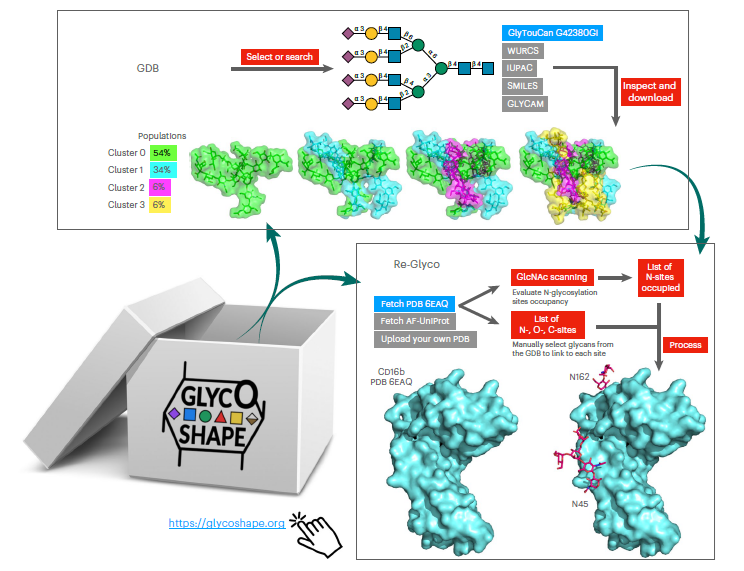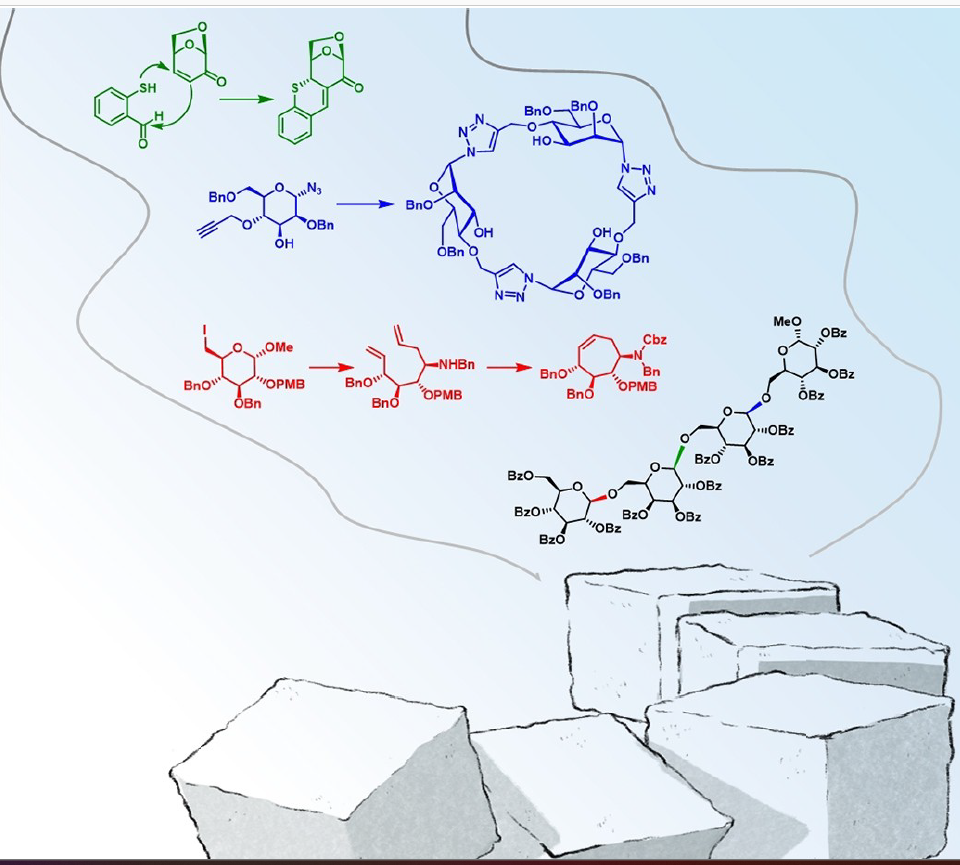The problem of fisheries waste has increased in recent years and has become a global problem influenced by various biological, technical, operational and socioeconomic factors. In this context, using these residues as raw materials is a proven approach not only to reduce the crisis of unprecedented magnitude facing the oceans but also to improve the management of marine resources and increase the competitiveness of the fisheries sector.

However, the implementation of valorization strategies at the industrial level is excessively slow, despite this great potential. Chitosan, a biopolymer extracted from shellfish waste, is a clear example of this because although countless chitosan-based products have been described for various applications, commercial products are still limited. It is essential to consolidate a “bluer” chitosan valorization cycle towards sustainability and a circular economy to address this drawback. In this perspective, we wanted to focus on the cycle of valorization of chitin, which allows transforming a waste product (chitin) into a material suitable for developing valuable products to solve the source of its origin as a waste product and pollutant; chitosan-based membranes for wastewater remediation.




